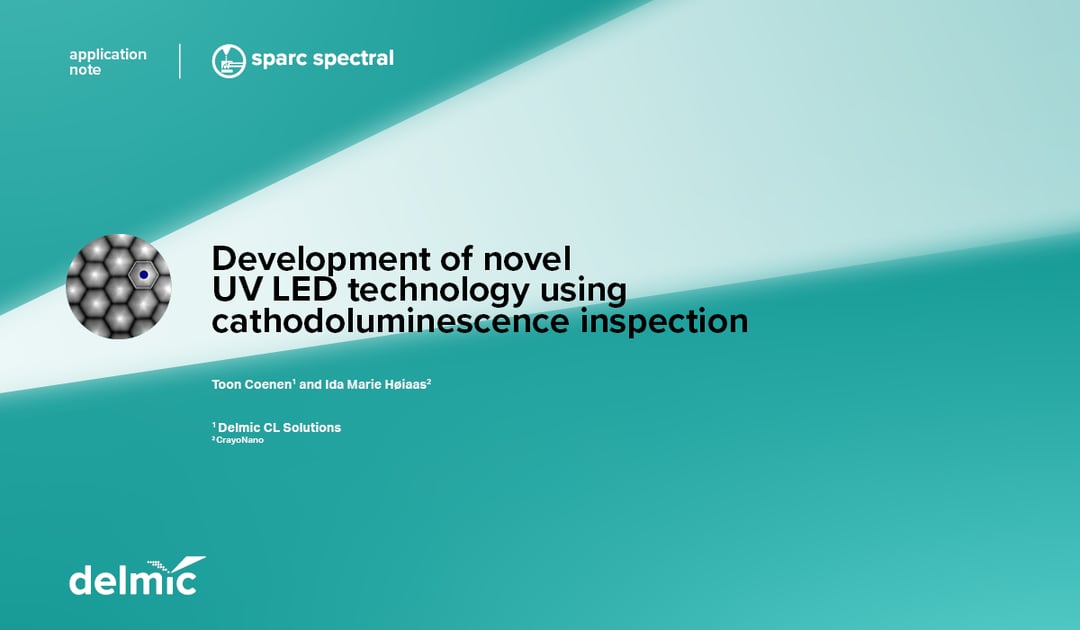There is a growing number of applications in which LEDs are used (displays, ambient/car lighting, remote controls, optical switches to name a few). One of the most important components in an LED is the semiconductor chip from the light is emitted. As such careful investigation of these semiconductor materials is very important for development, quality control etc.. Such commonly used semiconductors are (In)GaN for blue/visible LEDs and GaAs/InP for IR LEDs. While visible LEDs are more commonly used for applications such as lighting and displays, researchers and companies are now also trying to push LED technology into the ultraviolet (UV) spectral range, which is usually split into three: UVC (100 - 280 nm), UVB (280 - 315 nm) and UVA (315 - 400 nm).
UV LEDs have a wide range of applications as well. For example, UVB LEDs are used in skin treatment, tanning, and plant lighting, while UVC LEDs have been shown to be useful for killing or inactivating pathogens for disinfection of laboratory equipment, air, water, and food. Such LED systems can be a more flexible, compact and sustainable alternative to low-and mid-pressure mercury based UV lamps. In order to develop and produce more efficient UV LEDs, microscopy is very important. Cathodoluminescence (CL) proves to be an ideal technique for studying Al(Ga)N material used in such UV LED devices.
In collaboration with the company CrayoNano we created an application note which describes how cathodoluminescence hyperspectral imaging was used to study nanorod based AlGaN LED device. To learn more about it and get access to the CL data read the application note below.
.png)








